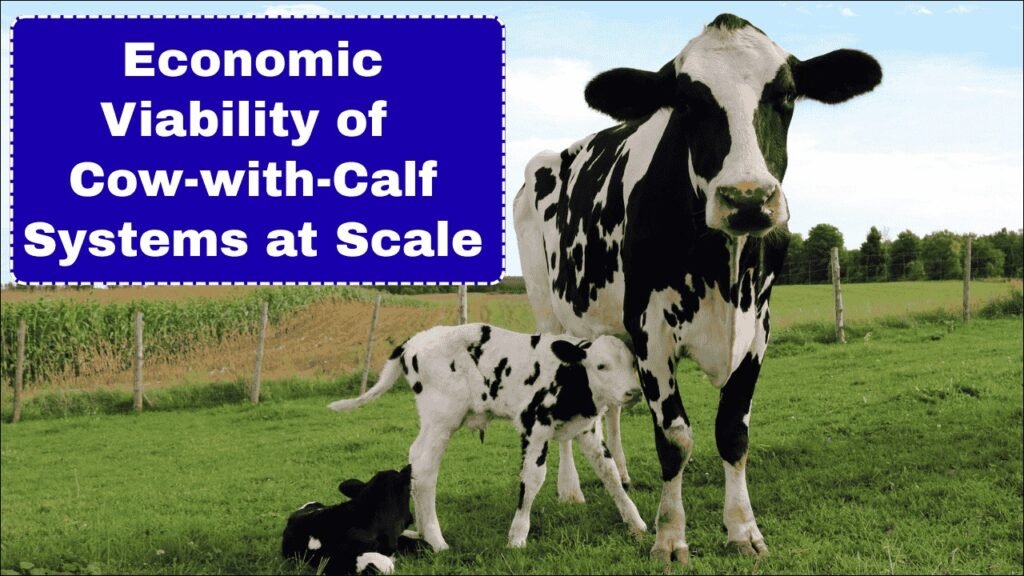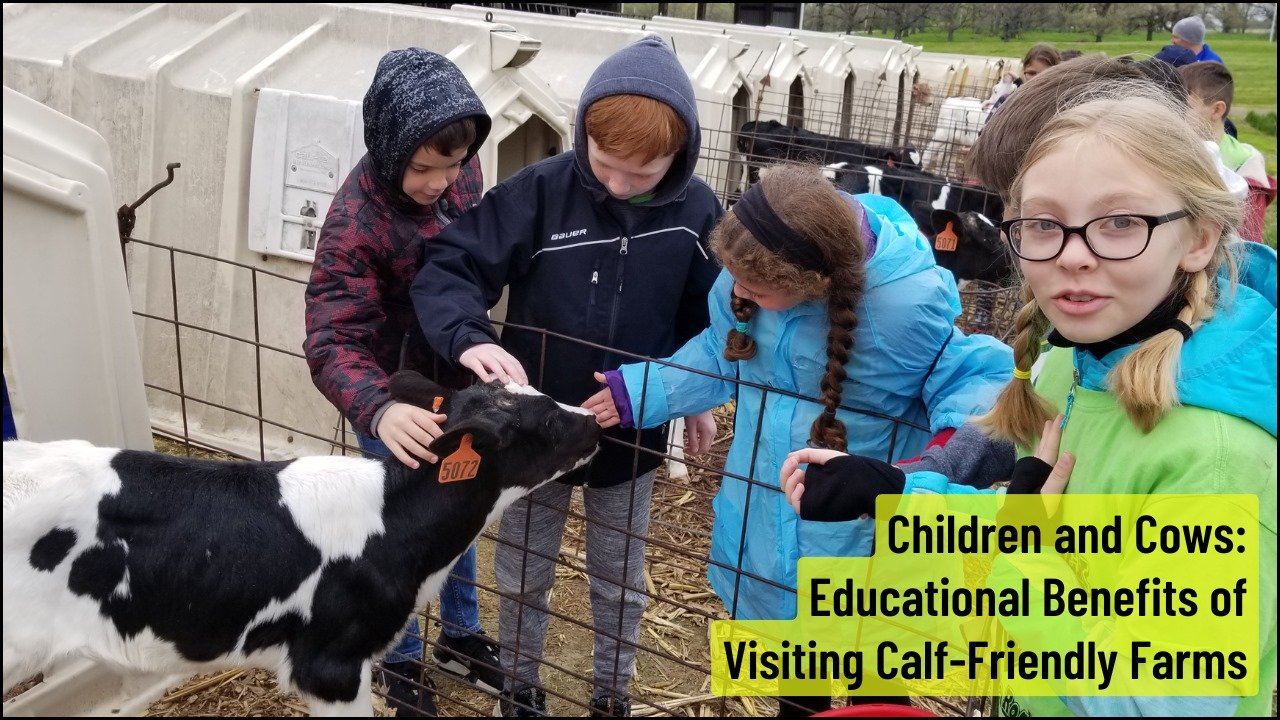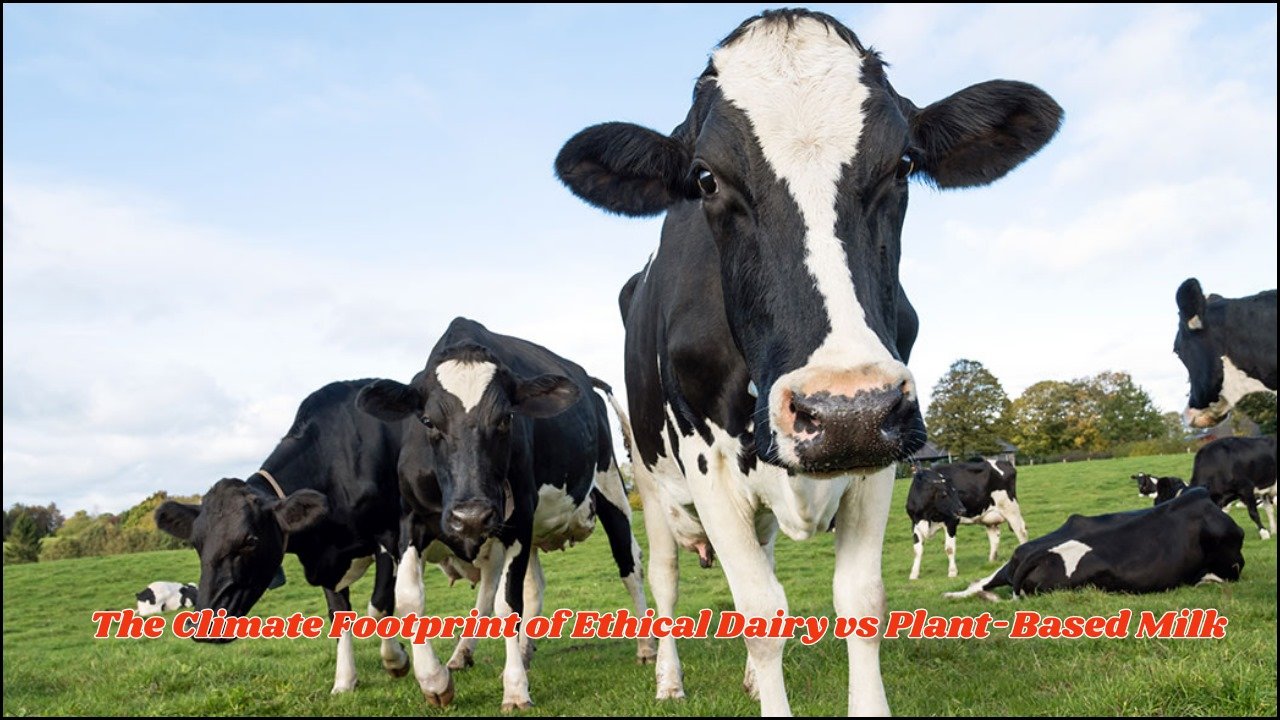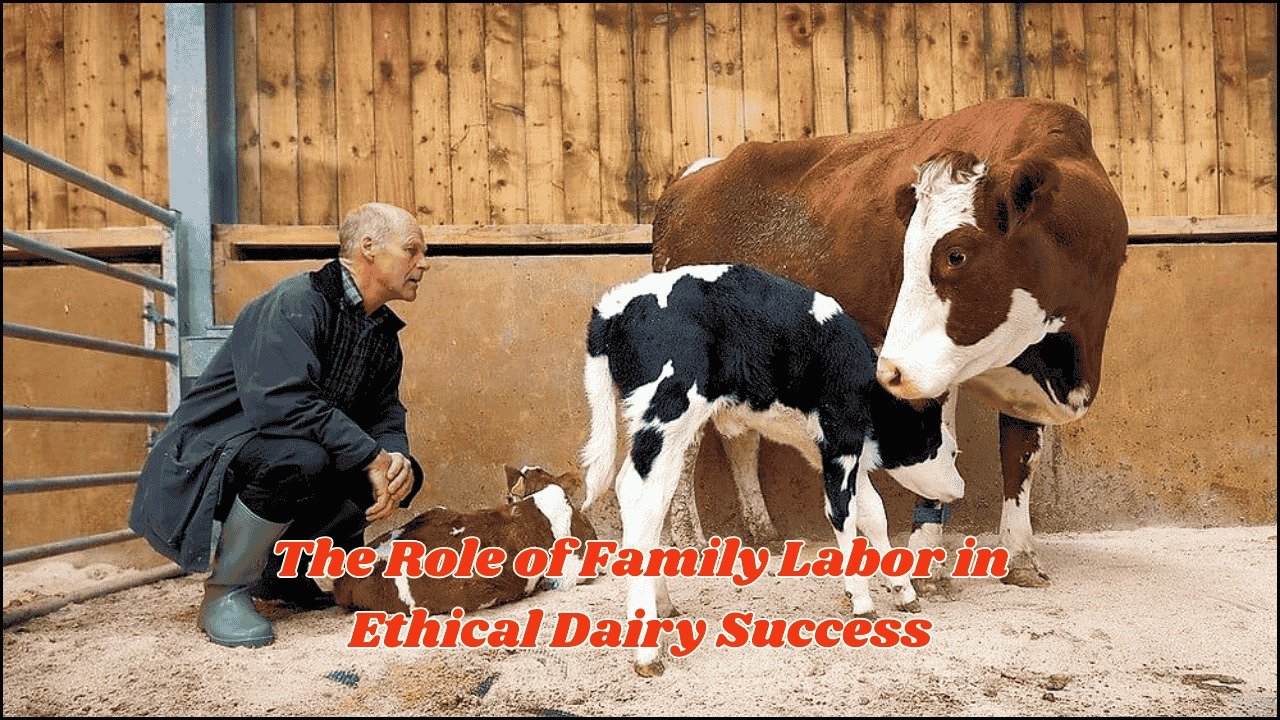
Exploring cow-with-calf (CwC) systems—where calves remain with their dams rather than being separated—requires examining how such models can compete with conventional or organic dairy for profitability. At Rainton Farm, researchers compared CwC against typical dairy models, investigating strategies like premium-priced milk and beef calf sales to offset lost milk volume.
Table of Contents
Overview
| Key Factor | Conventional Dairy | Organic Dairy | Cow-with-Calf System (Rainton) |
|---|---|---|---|
| Profitability | Highest | Moderate | Lowest (without premiums) |
| Milk Production | Full volume | Reduced | Reduced (calves consume milk) |
| Milk Pricing Required | Standard | Slight premium | ~ £0.40 per liter |
| Labor & Input Costs | Standard | Standard | Lower (once-a-day milking) |
| Beef Calf Revenue | Minimal | Minimal | Greater (premium needed) |
| Other Benefits | Limited | Moderate | High (welfare, morale, branding) |
Comparing Profitability
A full farm-level partial budgeting analysis compared three models across a standardized herd (100 lactating cows, total 120 cows):
- Rainton (CwC) system
- Organic system using early calf separation
- Conventional system using standard practices
The analysis found that the Conventional model was most profitable, and Rainton’s CwC model was the least profitable due to reduced milk sales. However, the CwC model eliminated costs for milk replacer and required only once-a-day milking—lowering labor and input costs. Calves achieved strong growth rates (1.15–1.30 kg/day), offering potential beef sales revenue.
Strategies for Financial Viability
To compete, the CwC system must leverage two key revenue streams:
- Premium Pricing for Milk
Modelling indicated that milk would need to fetch approximately £0.40 per liter (ppL) to match organic dairy profitability—significantly above typical retail prices. - High-Value Beef Calf Sales
The sale of well-grown calves at premium beef prices can bolster income. In similar systems, forming marketing alliances and branding can help capture such premiums.
Economic Impacts
Adopting CwC systems often includes short-term financial trade-offs. A study of various cow-calf contact (CCC) systems in Europe found negative impacts on contribution margins (between 1% and 5.4% lower) compared to conventional rearing—mainly due to decreased milk sales, increased labor, and varying calf weight gains.
On the positive side, qualitative gains—such as improved animal welfare, emotional benefits, reduced antibiotic use, and enhanced staff morale—remain largely unpriced in economic models but are crucial to the system’s ethos.
Environmental and Animal Welfare Dimensions
CwC systems at Rainton Farm exhibited low antibiotic usage—well below industry targets—and calves showed strong growth. These benefits align with ethical and environmental metrics, though current tools like AgRECalc aren’t calibrated for such hybrid production systems without further adaptation.
FAQs
Q1: Why is cow-with-calf less profitable than conventional systems?
A = Because calves consume milk that would otherwise be sold, reducing milk revenue.
Q2: How can profitability improve?
A = By selling milk at a premium (~£0.40/L) and marketing calves at high prices.
Q3: What non-financial benefits does CwC offer?
A = Improved animal welfare, lower antibiotic use, higher staff morale, and branding opportunities for ethical products.





